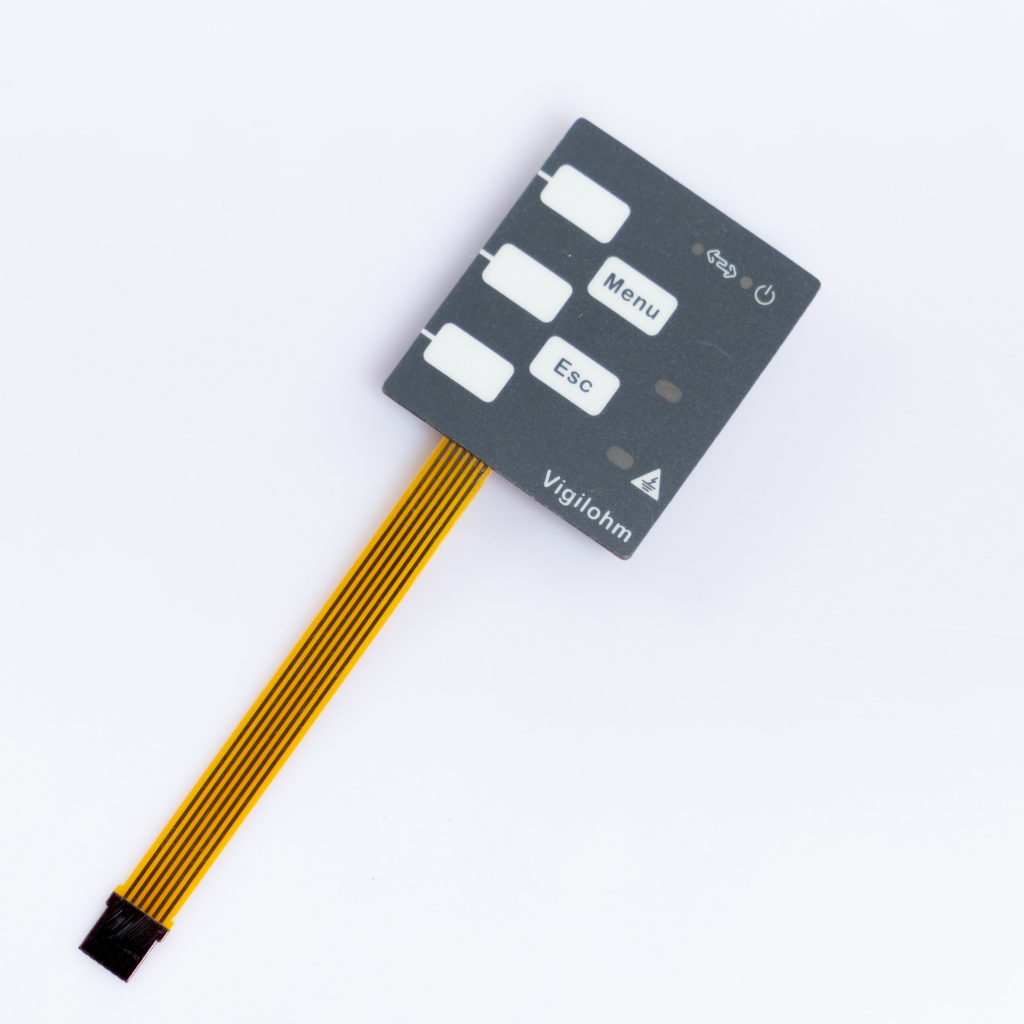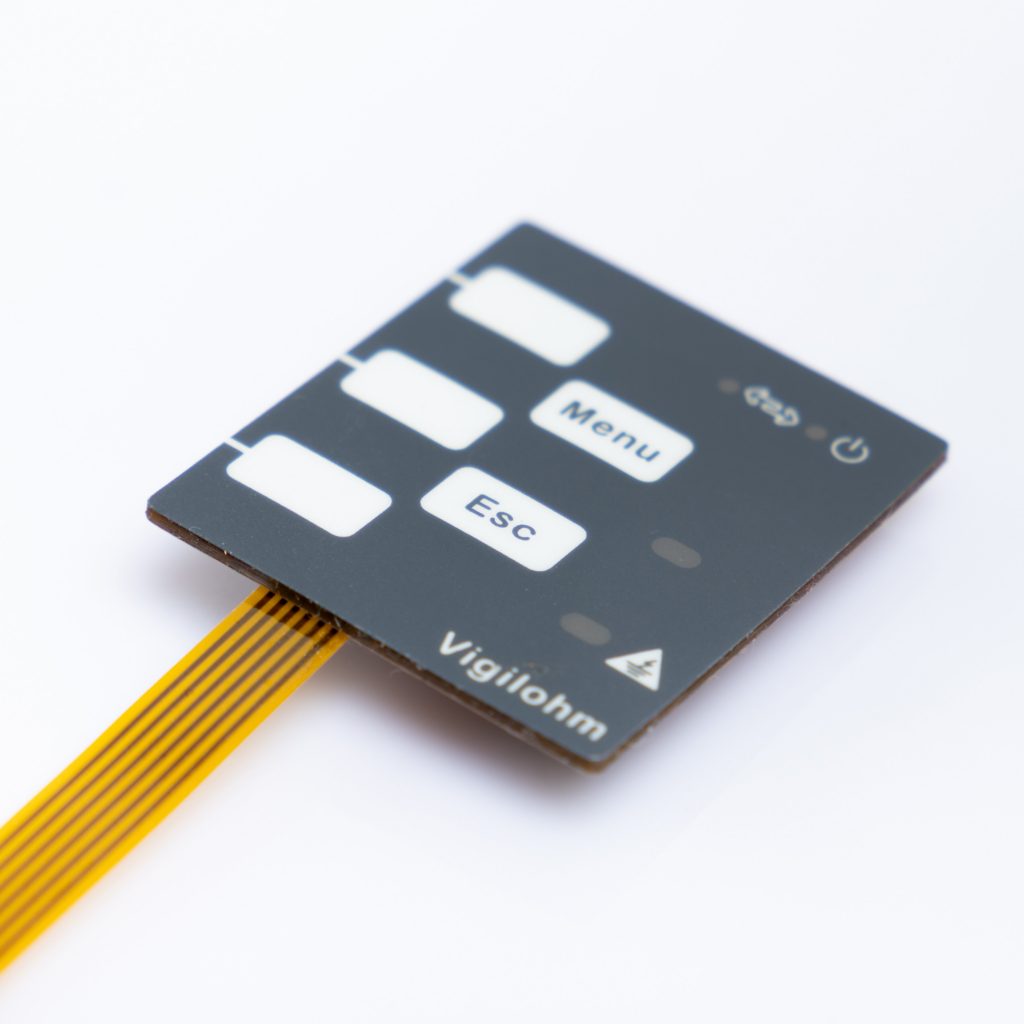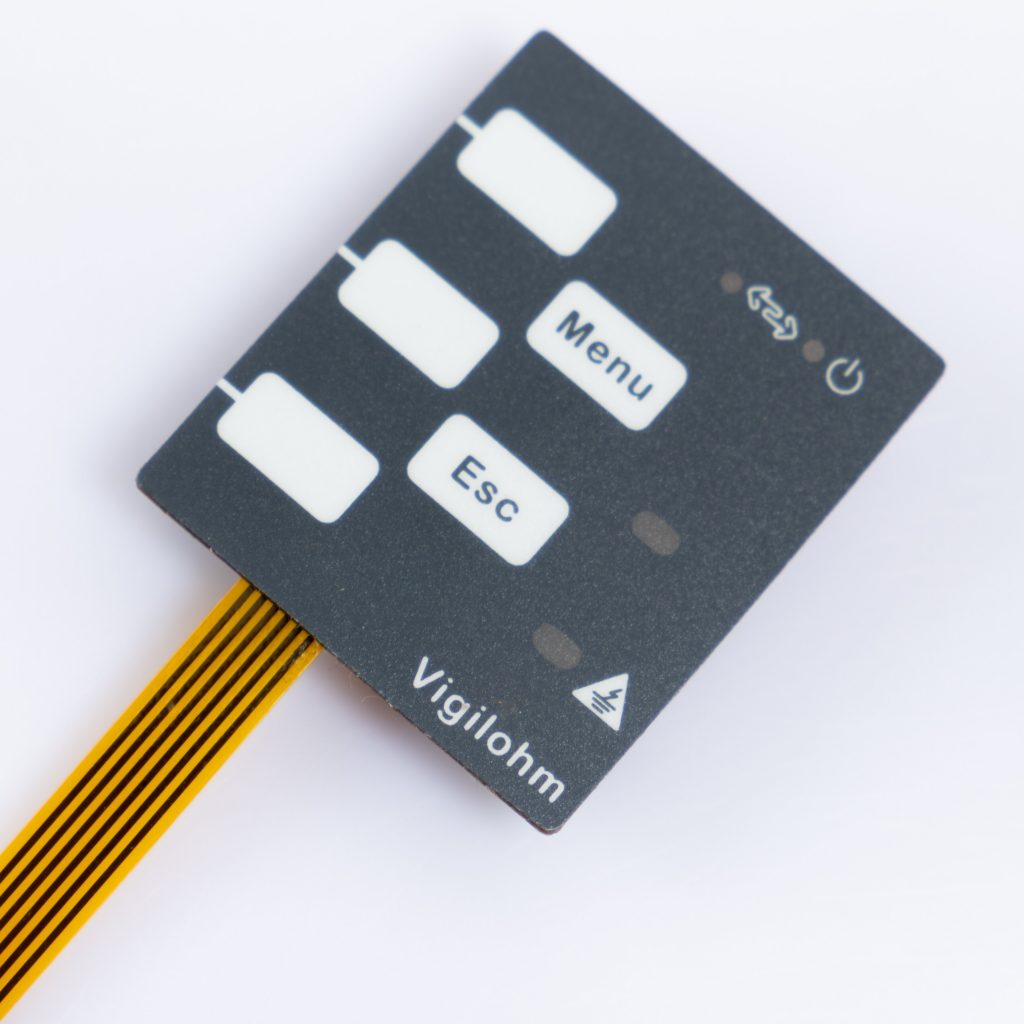Contact
Write to Us And We Would Be Happy to Advise You.
Do you have any questions, or would you like to speak directly with a representative?
By hqt
In today’s fast-paced world, where technology plays a pivotal role in our daily lives, membrane switches have emerged as a crucial component in various electronic devices. These switches provide a user-friendly interface by allowing users to input commands with the gentlest touch. To make them more functional and durable, selecting the right overlay material is essential. In this article, we will explore the various overlay material options available for membrane switches, highlighting their features, advantages, and best-use cases.



Before diving into the world of overlay materials, let’s first understand what membrane switches are. These switches consist of multiple layers, including a graphic overlay, top circuit layer, spacer layer, and bottom circuit layer. The top layer, known as the overlay, plays a crucial role in ensuring the switch’s performance and durability.
Polyester overlays are one of the most commonly used materials in membrane switches. They are known for their exceptional durability and resistance to abrasion, making them suitable for applications where the switch will undergo frequent use. Polyester overlays can also withstand exposure to chemicals, making them ideal for industrial environments.
Polycarbonate overlays offer excellent optical clarity and resistance to impact. These overlays are often used in applications where the user needs visual feedback, such as in medical devices and control panels. They are also known for their resistance to UV radiation, ensuring longevity even in outdoor settings.
Silicone rubber overlays are chosen for their tactile properties. They provide a soft and responsive touch, making them ideal for applications where user comfort is paramount. These overlays are often used in consumer electronics, automotive controls, and medical devices.
PVC overlays are cost-effective and offer good chemical resistance. They are commonly used in applications where budget constraints are a concern. However, PVC overlays may not be as durable as some other materials and may not be suitable for high-wear environments.
Metal overlays, often made of stainless steel or aluminum, provide a premium look and feel to membrane switches. They are highly durable and can withstand harsh environmental conditions, including extreme temperatures and exposure to liquids. Metal overlays are often chosen for applications where aesthetics and durability are equally important.
Choosing the right overlay material for a membrane switch depends on various factors, including the intended application, budget, and user requirements. It’s crucial to consider factors such as durability, chemical resistance, tactile feedback, and aesthetics when making a selection.
In conclusion, membrane switches play a vital role in modern electronics, and selecting the right overlay material is crucial for their performance and longevity. Whether you prioritize durability, tactile feedback, or aesthetics, there is an overlay material that suits your needs. By understanding the advantages and features of each material, you can make an informed decision that ensures the success of your membrane switch application.
Are membrane switches suitable for outdoor applications? Membrane switches can be used outdoors, but the choice of overlay material plays a significant role in their suitability. Metal overlays, such as stainless steel, are ideal for outdoor use due to their durability and resistance to environmental factors.
What is the lifespan of a membrane switch with a polyester overlay? A membrane switch with a polyester overlay can last for millions of actuations, making it a reliable choice for applications that require long-term use.
Can I customize the appearance of my membrane switch overlay? Yes, membrane switch overlays can be customized in terms of graphics, colors, and shapes to meet your specific design requirements.
Are silicone rubber overlays suitable for medical devices? Yes, silicone rubber overlays are commonly used in medical devices due to their soft and hygienic properties, providing a comfortable user experience.
What are the maintenance requirements for membrane switches with metal overlays? Membrane switches with metal overlays are relatively low-maintenance. Regular cleaning with a mild detergent is usually sufficient to keep them in good condition.
Do you have any questions, or would you like to speak directly with a representative?